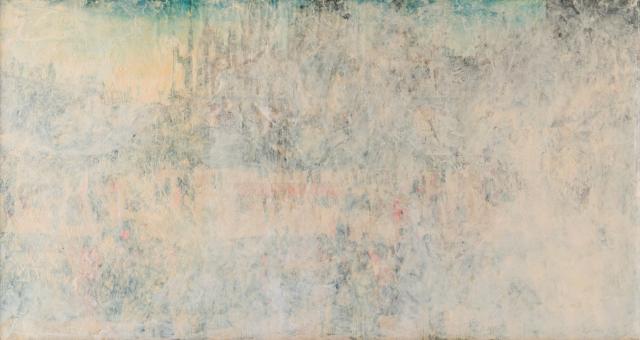In an artistic context where a historical gender inequality still dominates, the Collection Pictet – as a private corporate collection, free to make its own acquisition choices – is aware of its responsibility to support the interests of talented women artists, and its power to influence their trajectory over time. By setting an example, it also contributes, however modestly, to fostering recognition of women in the art world.
Different generations of women artists are represented in the Collection Pictet. Alice Bailly (1872-1938) is among the pioneering women who decided to take up a career as an artist in the early twentieth century. Her talent was immediately recognized, and the works she exhibited in 1912 at the Parisian Salons were enthusiastically praised by Guillaume Apollinaire. Her pictorial work was similar to that of the avant-gardists, with a distinctive style that contributed a certain musicality to the Cubo-Futurist movement. Aware of her condition as a woman, she was a very early advocate of the idea that “art is not a matter of a skirts and trousers”.
Poet, painter, surrealist muse, fascinating and elusive personality, Meret Oppenheim (1913-1985) holds a distinctive place on the twentieth-century art landscape. While her magnetic presence in Man Ray’s photographs (1933) made her the muse of a whole generation, her iconic Déjeuner en fourrure (1936) established her as an artist in her own right. Her life and art were marked by her interest in dreams and in the twists and turns of the unconscious. Today, her independent spirit and freedom of tone still resonate with new generations of artists.
The paintings, the sculptures and the films of Niki de Saint Phalle (1930-2002) activate in a playful manner numerous cultural and autobiographical references, whilst questioning the condition of women in today’s world. Her Tirs series, which established her notoriety in the 1960s, was followed by a psychological exploration of the world through grand-format masks, derived from a bold experimentation with various materials. They represent the preliminaries of her famous Mariées and her Nanas, the monumental women who ironically seek to seize the world. For Saint Phalle, the world was henceforth round, curved, undulating: “the world is a breast”.
Over the course of the twentieth century, several remarkable women artists sought to express private worlds with different sensibilities, like Pierrette Bloch (1928-2017) whose rhythmic writing punctuates the marks of paintbrushes and horsehair, or Pia Fries (1955), who paints the material the way others sculpt it. Through her pioneering practices in photography, Hannah Villiger (1951-1997) played a dominant role in establishing its autonomy as a form of artistic expression. Trained as a sculptor, she started using a Polaroid camera (which takes instant pictures), turning the lens on her own body, exploring it at arm’s length. By revealing a new perspective on the female body, the artist freed it from that of the photographer and withdrew it from male desire. The relationship with the body is also omnipresent in the work of Miriam Cahn (1949), who tries to capture an incandescent life, as if she were x-raying the inner energy of humans and animals. As a poet of preverbal formulations, Silvia Bächli (1956) draws freehand to favor the intuitive creation of images, revealing a sensibility that oscillates between emotion and abstraction.
Whereas Renate Buser (1961) intensifies public space by installing monumental photographs of architectural perspectives, Zilla Leutenegger (1968) presents the intimacy of her private sphere through interactive works that combine mural drawing with video projection.
Sylvie Fleury (1961) chooses to express her creativity without any boundaries in terms of her experimental art techniques and the subjects she tackles. Her work manipulates references, appropriating codes and signs from a wide variety of worlds – the consumer society, fashion, cosmetics, art, cars, esotericism or mysticism – which she enjoys transposing into the world of contemporary art. Sylvie Fleury’s expressive audacity and her search for an asserted femininity mirror the issues of our society, leading the way for a whole young generation of women artists who now dare to go beyond political correctness and explore different forms of art that are as close as possible to who they are and what they wish to express.
Latifa Echakhch (1974) has been a rising star on the contemporary art scene since winning the Marcel Duchamp Prize in 2013. The Moroccan-born artist revisits cultural codes and infuses them with poetry. Her work explores the vagaries of memory and tries to capture traces of life in close connection with performance and immediacy. Shirana Shahbazi (1974) was born in Tehran, raised in Germany and now lives in Zurich. She plays upon the ambiguity of photography, a realty-capturing tool, producing abstract images with fanatical precision. From far away, her geometric patterns of clear-cut colors look like they were painted on canvas. As one moves closer, the virtuosity of her photographic work is revealed. Genevan artist Mai-Thu Perret (1976) builds an imaginary world that emphasizes creative work and artisanal methods, through ceramics and other techniques.
Marta Riniker-Radich’s (1982) colored pencil drawings, tinged with a surrealist atmosphere, plunge us into unusual worlds. Pamela Rosenkranz (1979) invades space with her liquid, monochrome colors, while Claudia Comte (1983) explores the optical richness of a geometric universe.
Today, these young women are talents to watch, and our collection is proud to represent them.
This is a non exhaustive selection of the women artists in the Collection Pictet.

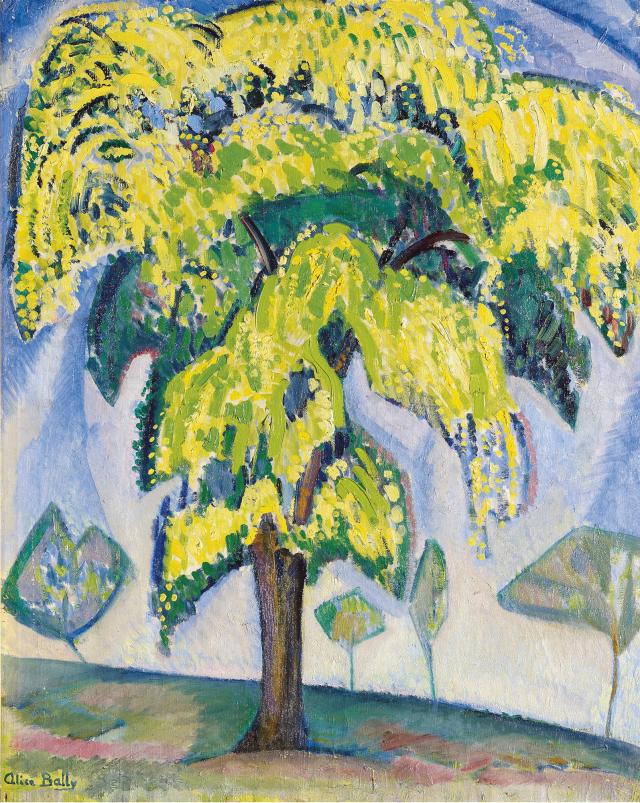

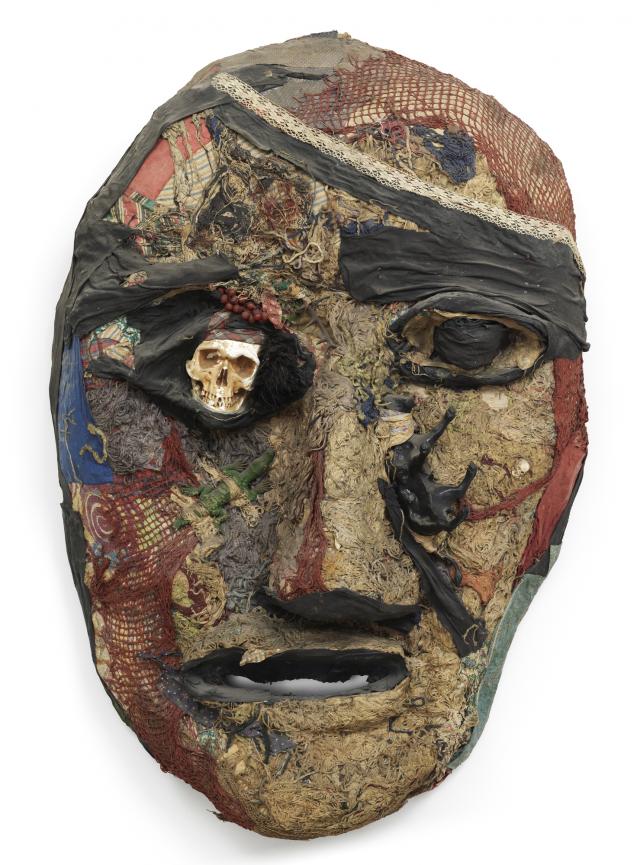



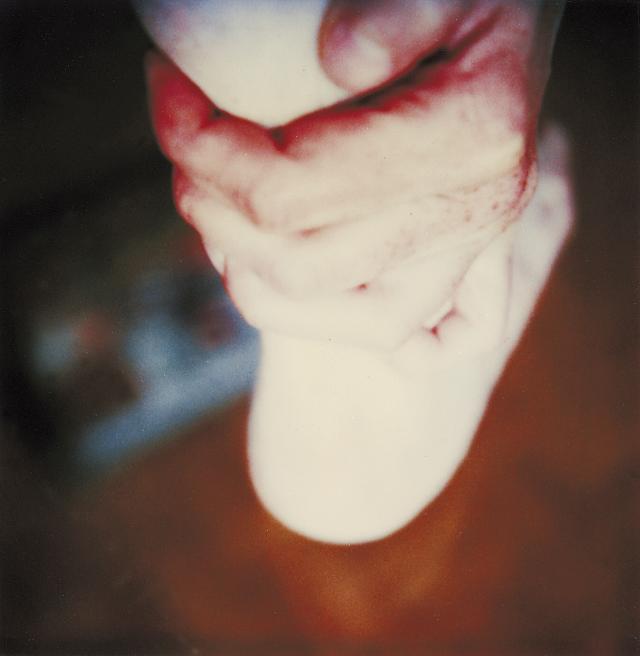










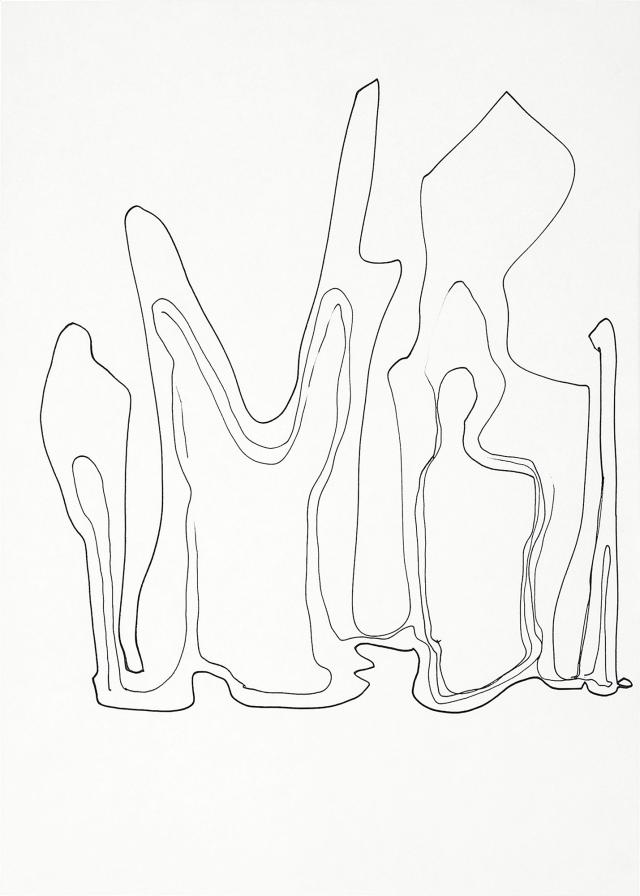



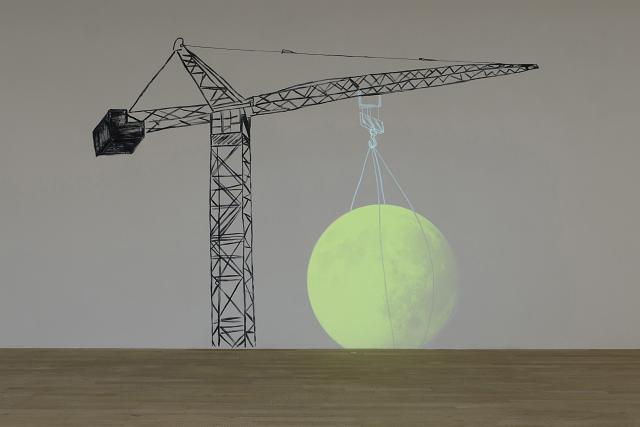













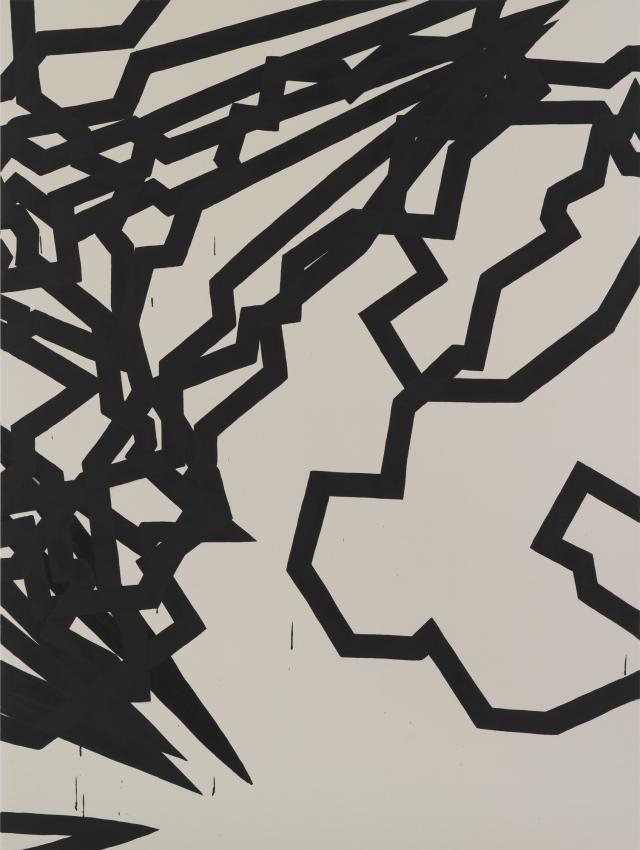


![Shirana Shahbazi, [Schmetterling-34-2009], 2009](/sites/default/files/styles/640_width/public/artwork/images/100118746-0410_Shahbazi_web.jpg?itok=8m72bazM)
![Shirana Shahbazi, [Stilleben-31-2009], 2009](/sites/default/files/styles/640_width/public/artwork/images/100118744-0405_Shahbazi_web.jpg?itok=C-Rt-fFX)
![Shirana Shahbazi, [Tulpe-01-2009], 2009](/sites/default/files/styles/640_width/public/artwork/images/100118747-0411_Shahbazi_web.jpg?itok=-N_Bt8by)

![Shirana Shahbazi, [Komposition-72-2013], 2013](/sites/default/files/styles/640_width/public/artwork/images/100122131-0707_Shahbazi_Komposition-72-2013_web.jpg?itok=G75KARB2)





